Forget dog-eat-dog. We’re hardwired to cooperate, says Michigan Tech engineer and educator Joshua Pearce. His new book tells — and shows — how to survive and thrive by sharing not just a little bit, but aggressively and widely.
Pearce says communities are stronger, more innovative and better able to rise to challenges when we leverage our evolutionary advantage to cooperate, freely sharing ideas, projects and prototypes.
In his how-to book, Create, Share, and Save Money Using Open Source Projects published this fall by McGraw Hill, Pearce offers hundreds of ways to give and receive, from uploading photos to the digital commons and participating in audiobook projects to widen the world’s library to building crowdsourced vehicles. And he introduces readers to two worldwide communities: makers and open source (OS).
For years, the Michigan Technological University professor and researcher has been sharing open-source principles and practices to help scientists in the world research community save millions of dollars. His audience and co-creators number in the thousands throughout the scientific, open-source and maker communities. His latest book is different from the more scholarly publications that precede it. Pearce specifically wrote for a broad audience. Create, Share, and Save Money Using Open Source Projects is particularly geared toward families, teachers and students, but Pearce hopes it will inspire anyone who's curious about the A-to-Z potential of making things and using no-cost open-source venues to distribute them.
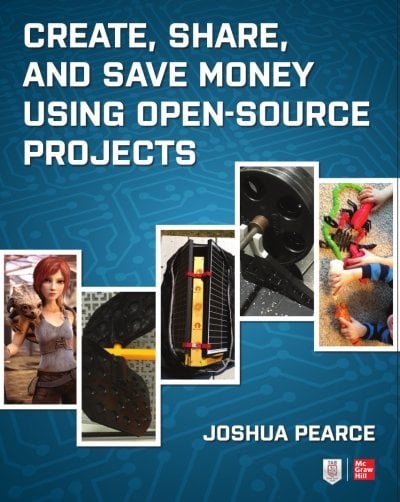
"One of the prime benefits of sharing is recruiting the global maker community to help you on your projects. You can hire a 'virtual engineering firm' simply by sharing your design with an OS (open source) license."
Never heard of RepRap (the self-replicating rapid prototyper that started low-cost 3D printing) or CNC milling (a computer numerical control process that precisely fabricates objects)? And if everything’s free, what’s in it for me? Don’t be daunted, says Pearce. It’s all explainable — starting with something just about everybody is familiar with: the Golden Rule.
The Golden Rule as the Gold Standard
Treat others as you want to be treated. A form of this rule exists across the majority of world cultures, and it's embodied in both the maker and OS communities. Makers are the ultimate do-it-yourselfers. The philosophy is a modern iteration of something folks everywhere have been doing for a long time: making things they need or want out of necessity, for pleasure or both. Makers are also do-gooders, passing along knowledge, pro tips and tricks of whatever their trade is, knitting to furniture-making, on a multicultural, multigenerational basis. Traditions are preserved, recipes are replicated or modified and creativity is expanded. Thanks to technological tools, the maker movement is finding an even firmer foothold in the world. It’s closely allied with the open-source philosophy.
Open source simply means technology where the plans, templates, or programs you need for a project — whether that’s computer software or a clothing pattern — are readily available and you are free to do with them as you please (as long as you share your improvements with the community). Accessing the tools and the plans isn’t difficult. Neither is finding materials — some of it is stuff you were planning to throw out. You just have to know where to look. That’s where the book and its numerous resource links come in.
Pearce, whose research focuses on open-source-appropriate technology for sustainability and poverty-reduction solutions, has seen the benefits of the approach.
“Our wealth grows collectively,” Pearce said. “We all have the opportunity to radically reduce the cost of just about everything, from toys and electronics to kitchenware and clothing.” That’s because 3D printers and similar tools allow people to make complex, valuable products for themselves.
“You can easily customize the products to fit your exact needs,” he says. “There are already millions of free designs.”
Some of those free designs, including cloth face coverings, personal protective equipment (PPE) and emergency ventilators, proved crucial when supply chains broke down during the COVID-19 pandemic. The desperately needed supplies and equipment that the OS and maker communities were able to get to market under tight timelines illustrate the maker movement's potential to respond on an impactful, worldwide scale.
"At the start of the pandemic, with hospitals overflowing and critical shortages of medical supplies of all kinds around the world, there was enormous pressure on the maker community. Many of us knew we had the tools and felt personally responsible to help as many people as we could. There has been an enormous outpouring of sharing."
Like the Golden Rule, discovery is sequential. Open-source ideas and projects get feedback that make them better or find new uses for the original concept. However, if peer reviews and the heartwarming feeling of paying it forward doesn’t do it for folks, perhaps the knowledge that sharing work in an open-source forum might land them a job will. It’s a highly visible venue to show and share impressive work.
And coupled with the science behind niceness — the evidence that humans prosper when they help each other — there’s the lure of really good deals and the appeal of a world where nothing goes to waste. How much money can you save on any given project? There’s a formula for that. Pearce, who used to go through the SkyMall catalog on flights tallying the products he could make and how much he’d save off the list price, walks readers through the calculations in the book.
The other big question: How much can you do to save the world? Plenty, from fun and important citizen science projects for all ages (bat call identification or backyard butterfly photography, anyone?) to how homemade recyclebots convert waste into products you can customize.
As hundreds of millions of people grapple with the health and economic impacts of the pandemic, many have already turned to making (remember the sourdough craze last spring?). Many families are working and learning together at home. During the traditional holiday season, when so much is not as it once was, open-source projects (like learning aids or even toys for the kiddos) and other forms of making can be a creative outlet, a budget saver and a way to find a sense of community even in isolated circumstances.
Making the MOST of Technology and Hardwired Niceness
Pearce continually practices what he preaches and passes it on, at home and in his courses and labs. His wife and kids, makers all, test-ran many of the projects detailed in the book. Pearce is Michigan Tech’s Witte Professor and is cross-appointed in the Department of Materials Science and Engineering and the Department of Electrical and Computer Engineering. He heads up the Michigan Tech Open Sustainability Technology Lab and also advises MTU’s student-run Open Source Hardware Enterprise Team. Many of the computers in Pearce’s research labs are IT discards that were junked because they no longer ran Windows, now refitted with no-cost Linux software that he deems “far superior” to the proprietary products—speaking of which, he also uses free ad blockers and says it’s been years since his eyes were assaulted by a junk-cluttered screen.

What does the MOST lab do?
At Michigan Tech and after graduation, Pearce’s students have developed their own open-source prowess, from 3D printing and slashing the cost of adaptive aids for folks with arthritis to bigger endeavors—like the first 3D-printed building.
"This is Slightly Uncomfortable"
In an ideal world, any author could easily upload a book and have it reach hundreds of thousands of readers. But as many an author knows, that isn’t how the publishing industry works. And so, with a pragmatic nod to the irony, Pearce pursued and secured a contract with a major publisher and copyrighted his work. The reason he took the traditional route is simple. “I want it to reach as large a readership as possible,” he says. The links and designs in the book remain open source, and can be accessed at appropedia.org/create.
“This book is my educational outreach,” he said. “I want to see my future students show up in Houghton with their open-source 3D printers.” This year the MOST Lab is recognizing an incoming first-year student who actively worked to make the world a better place during their high school career by awarding a 3D printer kit and copy of the book.
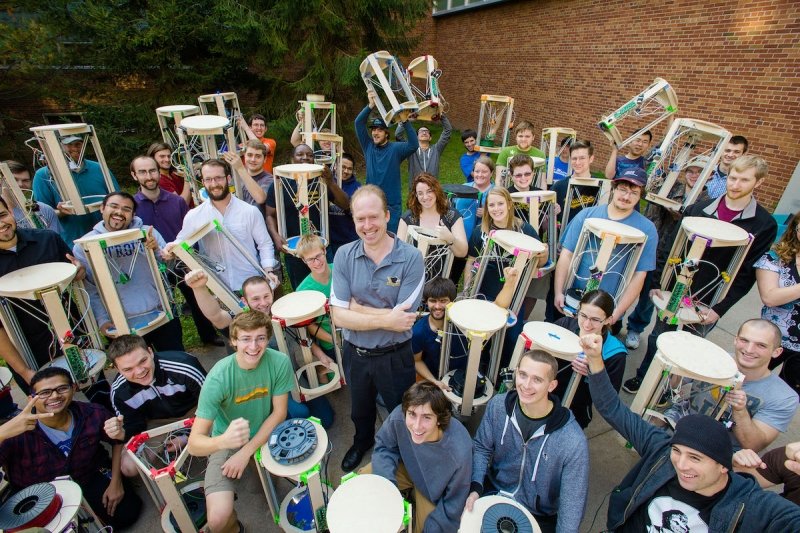
Pearce also looks forward to working with the Mind Trekkers (Michigan Tech’s lively STEM demonstration team comprising students who bring playful, exciting experiments to kids and families). There will likely be other opportunities through the Trekkers umbrella organization, the Michigan Tech Center for Educational Outreach.
For now, the pandemic has put face-to-face activities on hold. Pearce is excited to begin connecting virtually with educators, parents and others who want to help carry the open-source and maker movements farther into the mainstream. He’s also anticipating the day when book tours and author visits can return to in-person events. He might just be one of the first authors ever to hand out 3D-printed bookmarks.
Pearce's playful, practical primer on a 21st-century way to share and prosper might be the perfect gift for makers-in-the-making and future engineers of all ages. And for any critics who see room for improvement, well, what else would an open-source advocate do but cheerfully pass the baton? “Quit whining and make it better.”
"When you share something in the global commons, you are planting a seed. Others may help that seed grow into a mighty tree."
More 3D Wizardry on Husky Bites
Pearce talks about the potential of 3D printing and open-source sharing in a fall 2020 session of the community webinar Husky Bites, the weekly BYOC (bring your own curiosity) webinar for students, families, faculty, alumni and anyone who likes to know how things work. Watch and learn.
Michigan Technological University is an R1 public research university founded in 1885 in Houghton, and is home to nearly 7,500 students from more than 60 countries around the world. Consistently ranked among the best universities in the country for return on investment, Michigan's flagship technological university offers more than 185 undergraduate and graduate degree programs in science and technology, engineering, computing, forestry, business, health professions, humanities, mathematics, social sciences, and the arts. The rural campus is situated just miles from Lake Superior in Michigan's Upper Peninsula, offering year-round opportunities for outdoor adventure.
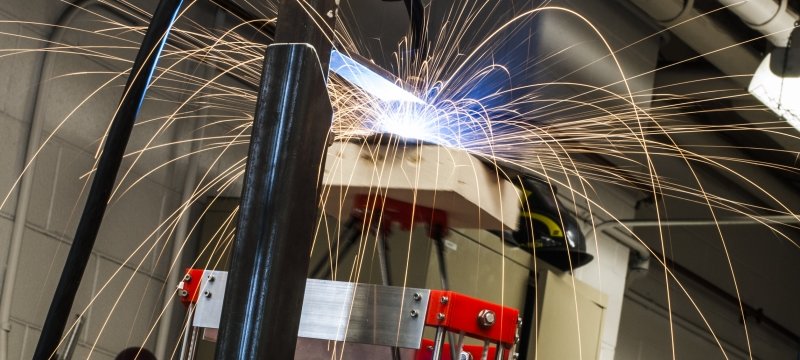
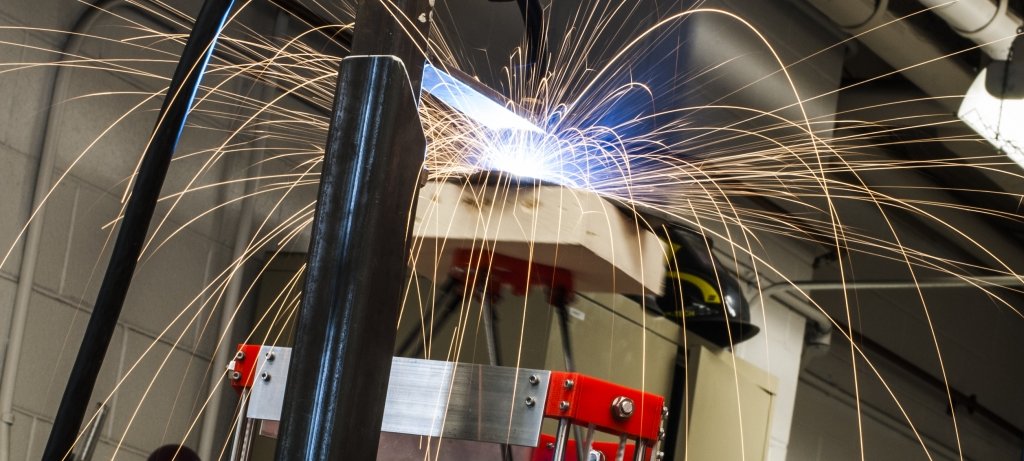
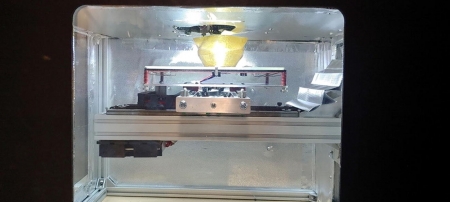
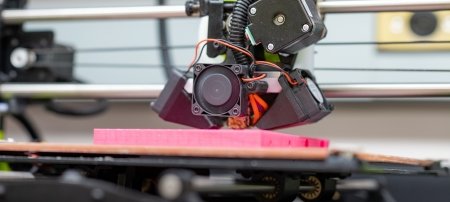
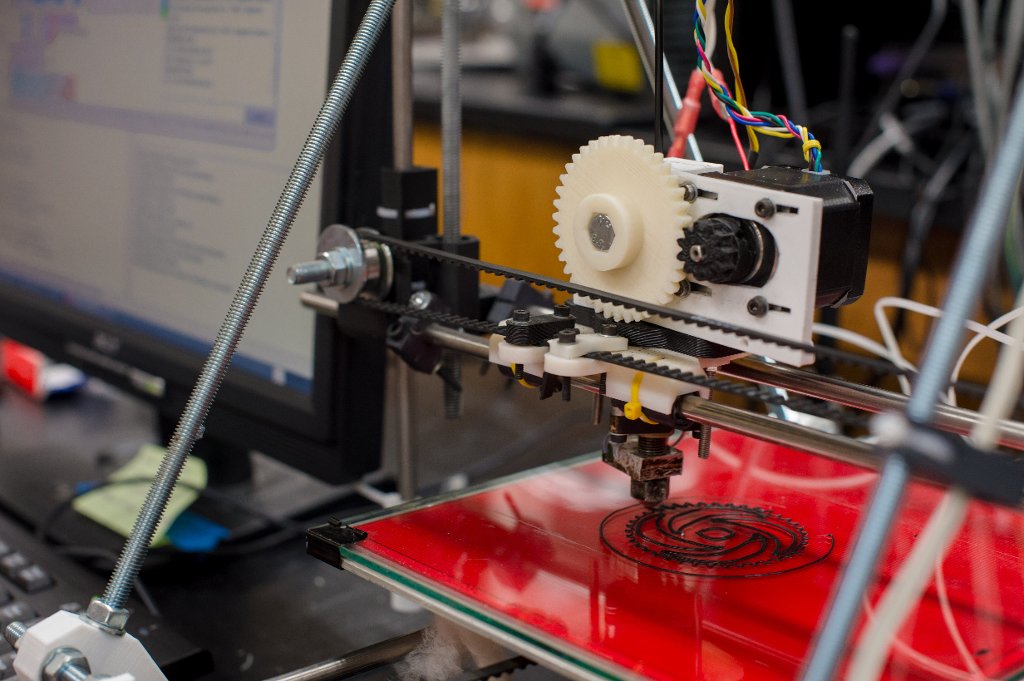
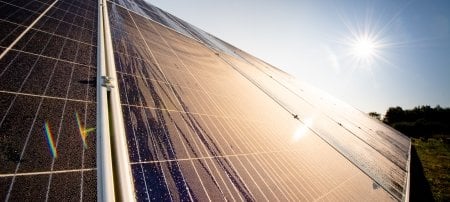
Comments